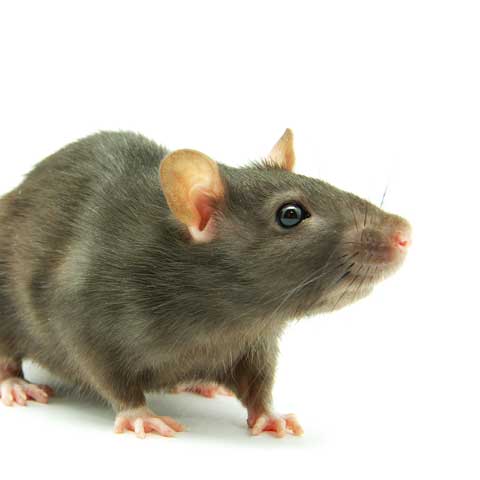Expert Florida rat control and removal from residential and commercial property.
Many people use their attic areas for extra storage over the garage for things such as holiday decorations and other miscellaneous items. That bit of information is not lost on the rat. They love to make themselves at home in your personal belongings and leave their droppings all over those items.
Once we have performed exclusion on your home including a round of rat trapping to ensure there are not rats in your home, we can make that area above your garage a safe, useable space again. We treat the area just the same as we would if it were a full attic restoration, just on a smaller scale. We clean up the droppings and fog the area with our bacterial digester. 24-48 hours later your attic is safe and ready to be used again. This process is done very commonly when homes are put up for a sale. When a home inspector working for the buyer climbs in the attic over the garage and can clearly see droppings all around him, that’s going in his report as “Rodent infestation in the attic”. Not a very good selling point.
Rats have soft cartilage so they have the ability to squeeze into extremely small holes. Our general rule of thumb is that anything the size of a quarter needs to be excluded. Rats will chew on just about anything, so it is challenging to find methods of sealing a home that they won’t just chew through, or around while still being able to keep it aesthetically appealing. We have found those methods.
Health risks from rodents:
Rat facts:
- The name rodent is actually derived from the Latin word "rodere," which means "to gnaw." Rodents got the name from the two incisors on the top and bottom jaw that never stop growing. They have to chew to keep their teeth trimmed
- An estimated 20% of the fires of unknown origin are suspected to be caused by gnawing rodents on electrical wires
- From a standstill, a rat can jump nearly two feet
- From a running start rats can jump up to 3.5 feet
- Rodents are amazing climbers. Roof rats have extra pads and longer digits on their paws for improved climbing
- Rats can bite up to 6 times per second
- On the hole, the larger a house is, the more potential areas for entry there are on the home
- Houses with barrel tile roofs are the most common houses with rats.
- Rodents contaminate 20% of the world’s food supply annually. The U.S. FDA destroys 400,000 tons of food contaminated by rodents each year.
- Mice are rare in our area. Most people who think they have spotted a mouse, have actually seen a some type of juvenile rat
- All types of rats can swim to a varying degree
- A house mouse gives birth to 6 young about 19 days after mating. She is ready to mate again in two days. She can produce 6 to 10 litters a year. Each of her young is ready to mate in two months. Remarkably, all her children, grandchildren, great-grandchildren, and great, great-grandchildren can have offspring in the same year. Two mice starting to breed on New Year's day could theoretically have as many as 31,000 descendents by December 31.
Rat Myths:
- Only people with dirty houses get rats! FALSE! While it doesn’t hurt to have a well kept house, the problems start on the outside of the home. If they can never get into your home, how do they know if it’s well kept or not?
- Only people poor people get rats! FALSE! Golf course communities and houses on the water are overwhelmingly our largest customers with rat issues
- Rats are only active at night! FALSE! While rats are nocturnal, they are not ONLY active at night. If you hear or see signs of them being active during the day, it tends to be an indicator of a larger population. Most people tend to hear them in their house at night because #1. They are home rather than at work or running errands during the day. #2. It’s quiet at your house at night so you are more likely to hear them

